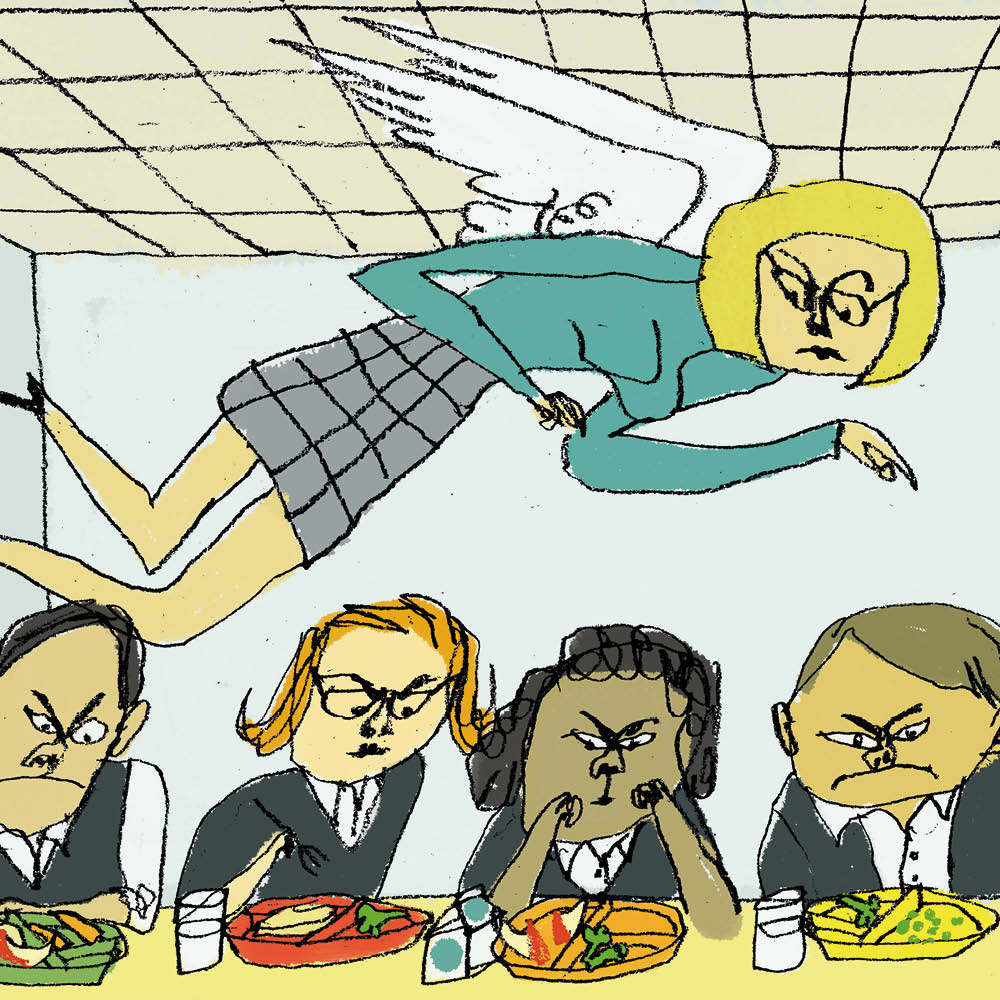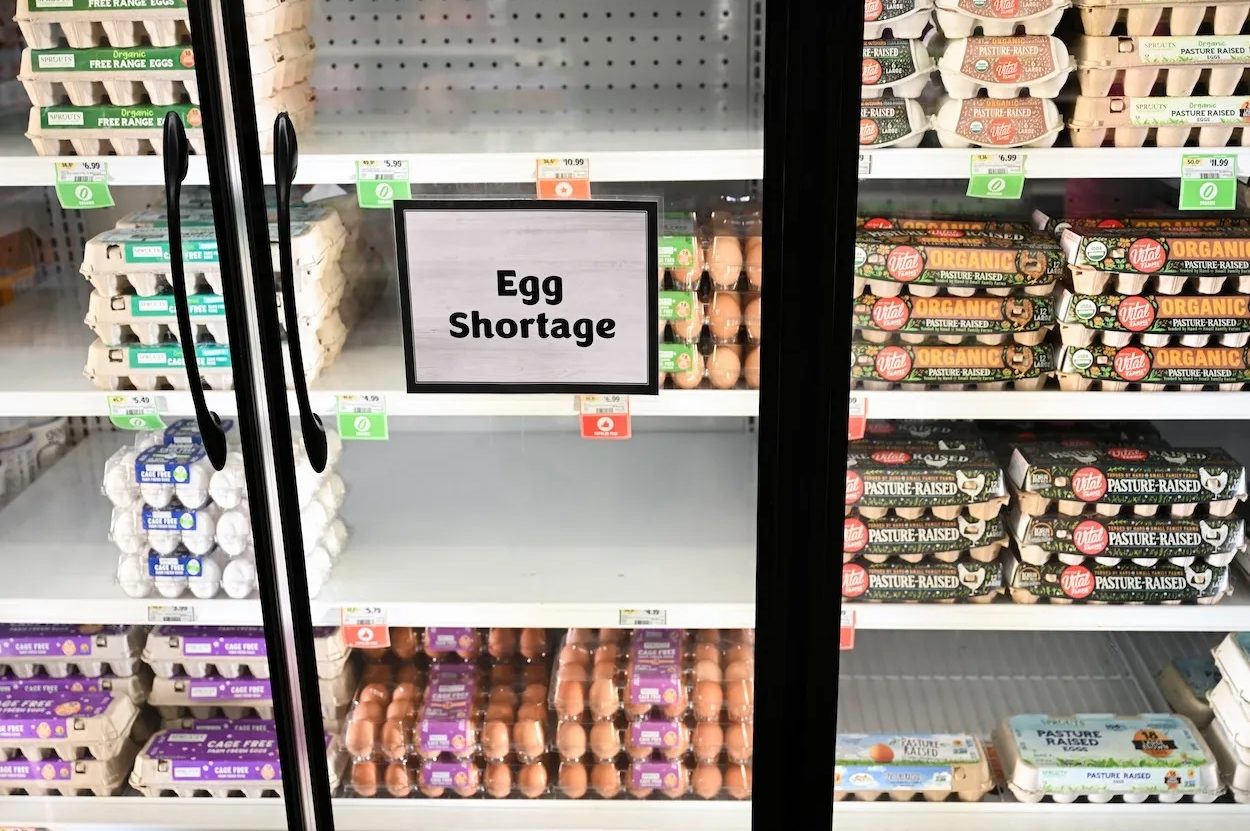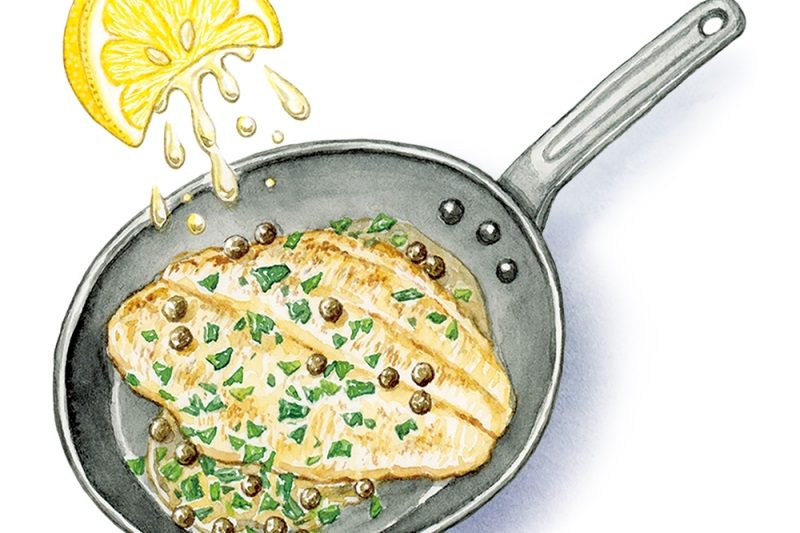One parent in our class WhatsApp chat raised a pressing concern: her daughter was coming home every day with a full water bottle. Were other parents faced with the same unsettling discovery? There followed a lengthy discussion of how much water was left in each child’s bottle. Some children, when con- fronted, testified that they had drunk water during the day and then filled up the bottle at school.
This was not good enough for the concerned parent. She took the matter to the teacher. “I am concerned my daughter is not given enough opportunity to drink water during the school day,” read her message. She shared it with the group — along with the teacher’s response.
Mrs. S explained why children are not allowed water bottles on their desks, referring to pertinent clauses in the school’s water consumption policy. She also reassured concerned parents that all efforts would be made to encourage more water consumption at school in future.
No wonder teachers are jaded. In my elementary school in the US, we had water fountains, where children could press a button and drink if they were thirsty. These have probably all fallen prey to post-Covid anxiety about germ-spreading.
While parental monitoring of their child’s water-bottle level seems hypervigilant, it is hardly surprising. We’re pelted from all angles with panic-inducing information. Take this: “Researchers have not yet determined the point at which dehydration begins to affect brain function,” a 2011 review of studies says, so children must drink 40 fl oz of water a day just to be safe. Who measures out 40 fl oz of water a day for their child to drink? Maybe the mother in the WhatsApp group, but it’s not a healthy habit.
“Information overload is turning parenthood into a nightmare of anxiety and stress,” Christina Hardyment wrote in her brilliant Dream Babies, which chronicles the wildly variable parental advice offered in the last four centuries, from John Locke to the British advice-giver Gina Ford. Hardyment’s book aims to “restore parental sanity” by bringing to wider attention how strongly and quickly childcare advice changes. Worrying over children’s health has become a global industry.
What mother doesn’t worry about what her children eat? Most children are “picky eaters” by nature. Yes, the cliché is that spoiled American and British children only eat ultra-processed food because their parents cater to them, but it’s not just a problem in the West. In her book The Way We Eat Now, food historian and writer Bee Wilson interviewed Japanese nutritional epidemiologist Fumiaki Imamura about eating habits in Japan. Yes, they do eat a lot of fish, but they also eat a lot of ultra-processed foods, and so much soy sauce that their salt intake would rival that of any McDonald’s-eating family in America.
Rather than just accept that children are picky, though, these days it seems it must be medicalized. “Picky eating is a common disorder during childhood often causing considerable parental anxiety,” one study tells us. It goes on to say that “picky eating was found to be a risk factor for the development of symptoms of anorexia nervosa.” Another study shows that, according to their mothers, 25 percent of toddlers in the UK refuse to eat at least once a day compared with 15 percent of children in Germany and France. In America, seven to 50 percent of preschoolers are picky, which seems an unhelpfully wide margin. Some 43 percent of mums surveyed in the UK said they “give in” and serve children something they know they’ll eat. Is that “giving in” or just giving your child dinner?
What of the more extreme cases, which the Child Mind Institute in New York refers to as “ARFID”: “avoidant restrictive food intake disorder.” It’s a “relatively new eating disorder”; “what sets ARFID apart from normal picky eating is that ARFID has significant negative impacts on the child’s physical and/or mental health.” Therapy is prescribed as the solution.
Worrying about this is enough to drive parents around the bend. But obsessing over what children eat is not only unhealthy — it takes the fun out of eating. Good food is one of life’s greatest pleasures. My kids shout for joy at the prospect of their twice-weekly plate of mac and cheese. I hate giving them food I know they don’t like, and I’ve stopped expecting them to eat it. Anyone who expects children to enjoy cooked zucchini has forgotten what it was like to be a child.
I can distinctly remember the horror of a bowl of split pea soup, gobbets of ham hock and soft carrots bobbing in the murky depths. I attempted to swallow it as quickly as possible, often gagging. Kids’ taste buds are different from ours. Texture is the predominant experience of eating for many of them, so anything slimy, lumpy or soggy isn’t going to go down well. Often literally. The predictability of a chicken nugget is a comfort in a world already full of chaos and excitement. Kids don’t crave novelty. They want stability.
Most children go through a phase of only eating beige, rectangle-shaped food. If this is a disorder, they’ll usually grow out of it. In the meantime, let them eat what they like.
My husband ate nothing but chicken nuggets for a year when he was a child. Now he eats the widest range of food of anyone I’ve met. How did he outgrow the ailment of picky eating? He grew up. Until my kids do the same, we’ll be eating a lot of mac and cheese, but at least we know the cheddar is mature.
This article was originally published in The Spectator’s June 2024 World edition.























Leave a Reply